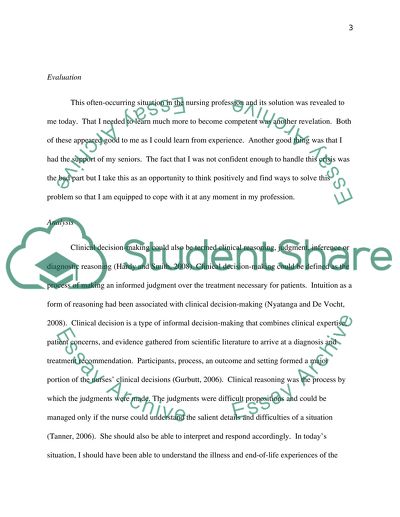Cite this document
(“Clinical Decision-making in complex care i.e Identify a clinicaL Essay”, n.d.)
Clinical Decision-making in complex care i.e Identify a clinicaL Essay. Retrieved from https://studentshare.org/nursing/1435858-clinical-decision-making-in-complex-care-ie
Clinical Decision-making in complex care i.e Identify a clinicaL Essay. Retrieved from https://studentshare.org/nursing/1435858-clinical-decision-making-in-complex-care-ie
(Clinical Decision-Making in Complex Care i.E Identify a ClinicaL Essay)
Clinical Decision-Making in Complex Care i.E Identify a ClinicaL Essay. https://studentshare.org/nursing/1435858-clinical-decision-making-in-complex-care-ie.
Clinical Decision-Making in Complex Care i.E Identify a ClinicaL Essay. https://studentshare.org/nursing/1435858-clinical-decision-making-in-complex-care-ie.
“Clinical Decision-Making in Complex Care i.E Identify a ClinicaL Essay”, n.d. https://studentshare.org/nursing/1435858-clinical-decision-making-in-complex-care-ie.


